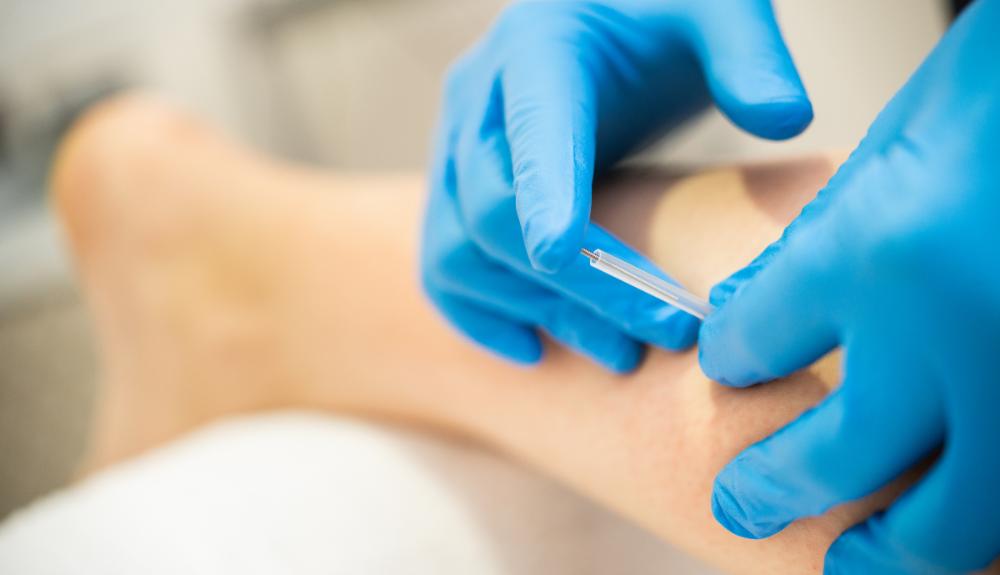Sports injuries can be frustrating, painful, and can hinder an athlete’s performance. They can range from minor sprains and strains to more serious injuries such as torn ligaments, tendons, or muscles. These injuries can take a significant amount of time to heal, and even after healing, the athlete may still feel pain or discomfort.
One treatment option for sports injuries that has gained popularity in recent years is dry needling. Dry needling is a therapeutic technique that involves the insertion of small, thin needles into the skin and muscles. It is different from traditional acupuncture, which is based on Traditional Chinese Medicine and focuses on balancing the body’s energy flow.
Dry needling targets trigger points, which are tight knots or bands within a muscle that can cause pain and dysfunction. These trigger points can be caused by overuse, injury, or poor posture. When the needles are inserted into these trigger points, they stimulate the muscle to release tension, improve blood flow, and promote healing.
Dry needling can be especially helpful for sports injuries because it can target specific areas of the body that are affected by the injury. For example, if an athlete has a strained hamstring, the dry needling can be focused on the specific area of the muscle that is affected. This can help to speed up the healing process and reduce the amount of time the athlete is out of action.
Dry needling can also be used in conjunction with other treatments such as physical therapy, chiropractic care, and massage therapy. By combining these treatments, athletes can receive a comprehensive approach to their injury, which can lead to faster healing and better long-term outcomes.
Another benefit of dry needling is that it is minimally invasive and has few side effects. Unlike some medications or surgeries, there is no risk of addiction, dependency, or long-term side effects. The needles used in dry needling are very thin and cause minimal discomfort, with most patients describing the sensation as a dull ache or a slight pressure.
In conclusion, dry needling can be an effective treatment option for athletes with sports injuries. It can help to target specific areas of the body, promote healing, and reduce pain and discomfort. By using dry needling in conjunction with other treatments, athletes can receive a comprehensive approach to their injury, which can lead to better long-term outcomes. If you have a sports injury, talk to your healthcare provider to see if dry needling may be right for you.
RESEARCH
There have been several studies conducted on the effectiveness of dry needling for various conditions, including sports injuries. Here are a few examples:
- A 2015 systematic review and meta-analysis published in the Journal of Orthopaedic &Sports Physical Therapy found that dry needling was effective in reducing pain in patients with various musculoskeletal conditions, including sports injuries.
- A 2018 randomized controlled trial published in the American Journal of Sports Medicine found that dry needling was effective in reducing pain and improving function in patients with patellar tendinopathy, a common sports injury.
- A 2019 randomized controlled trial published in the Journal of Bodywork and Movement Therapies found that dry needling was effective in reducing pain and improving range of motion in patients with plantar fasciitis, another common sports injury.
- A 2020 systematic review and meta-analysis published in the Journal of Alternative and Complementary Medicine found that dry needling was effective in reducing pain and improving function in patients with various musculoskeletal conditions, including sports injuries.
While more research is needed to fully understand the effectiveness of dry needling for sports injuries, these studies suggest that it can be a useful treatment option for athletes looking to recover from injuries and return to their sport as quickly as possible. It’s important to note that dry needling should only be performed by a licensed healthcare provider with appropriate training in the technique.

